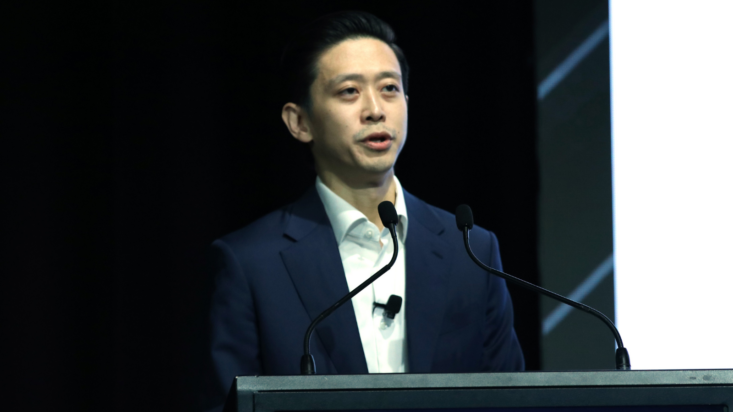PE’s structural advantages put equity markets in the shade: Neuberger Berman
When it comes to the ageless public equity versus private equity debate, the numbers speak for themselves according to Neuberger Berman’s Singapore managing director, Gabriel Ng.
Speaking at a Lonsec function on the merits of private equity over public equity investment markets, Ng (pictured) said the private market sector delivered excess returns “across various time horizons and macrocycles”, especially in choppy market environments.
But it’s private equity’s ability to sustain that outperformance, he said, that sets it apart from public equity. And that ability comes down to private equity’s market opportunities and structural advantages.
Those market opportunities are coming from the tendency of large companies to stay private, he said, especially in North America.
“We firmly believe that the addressable market continues to broaden and represents a good hunting ground for [private equity] managers,” Ng explained. “At a high level, the number of listed companies in the US has reduced by approximately 45 per cent in the last 20 years. Conversely, the number of private companies has increased meaningfully. This represents a deeper universe of companies for PE managers to invest into and be more selective.”
While the market opportunities provide a larger slate of investments to choose from, Ng believes the structural advantages of private equity are where it puts public equity opportunities in the shade. Those advantages play out across every phase of the investment; during the buy, the hold and the sell, he explained.
“On the buy, we have observed that the managers have more nimble sectoral pivots. If we look at the sector compositions across vintage years, you’ll see that it has indeed been more dynamic. What this means is that PE managers have been more opportunistic in pursuing the most attractive value creation opportunities in different sectors at the right time.”
Private equity buyers have also benefitted from having access to more detailed company information, Ng said, and they were able to leverage that information to make better buying decisions. This provides a “critical part” of the value creation thesis.
“PE managers have a broad toolkit to drive operational improvements over the holding period and are able to do so because of the control they have over the portfolio companies,” he said. “For public equity investors, this toolkit is unfortunately not available. This could be from management, team upgrades, repositioning of the business, cost structure optimization, M&A… the list goes on.”
More exit control was another major factor in private equity’s superiority, Ng continued. PE managers are also able to pursue longer-term strategic initiatives without the pressures of quarterly earnings-per-share reporting, and tudies show that peer-backed companies experience “faster and more stable” EBITDA growth. “PE managers have the option of pursuing multiple exit routes over the long term,” he added.











